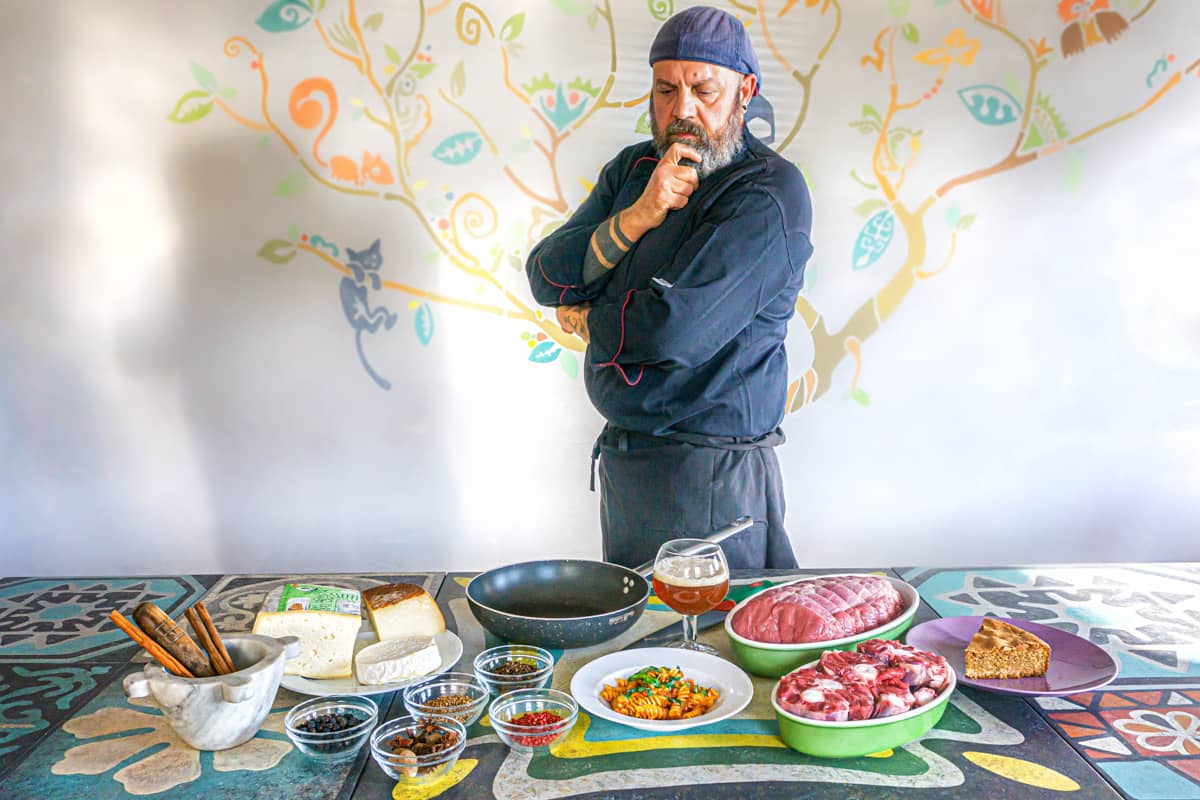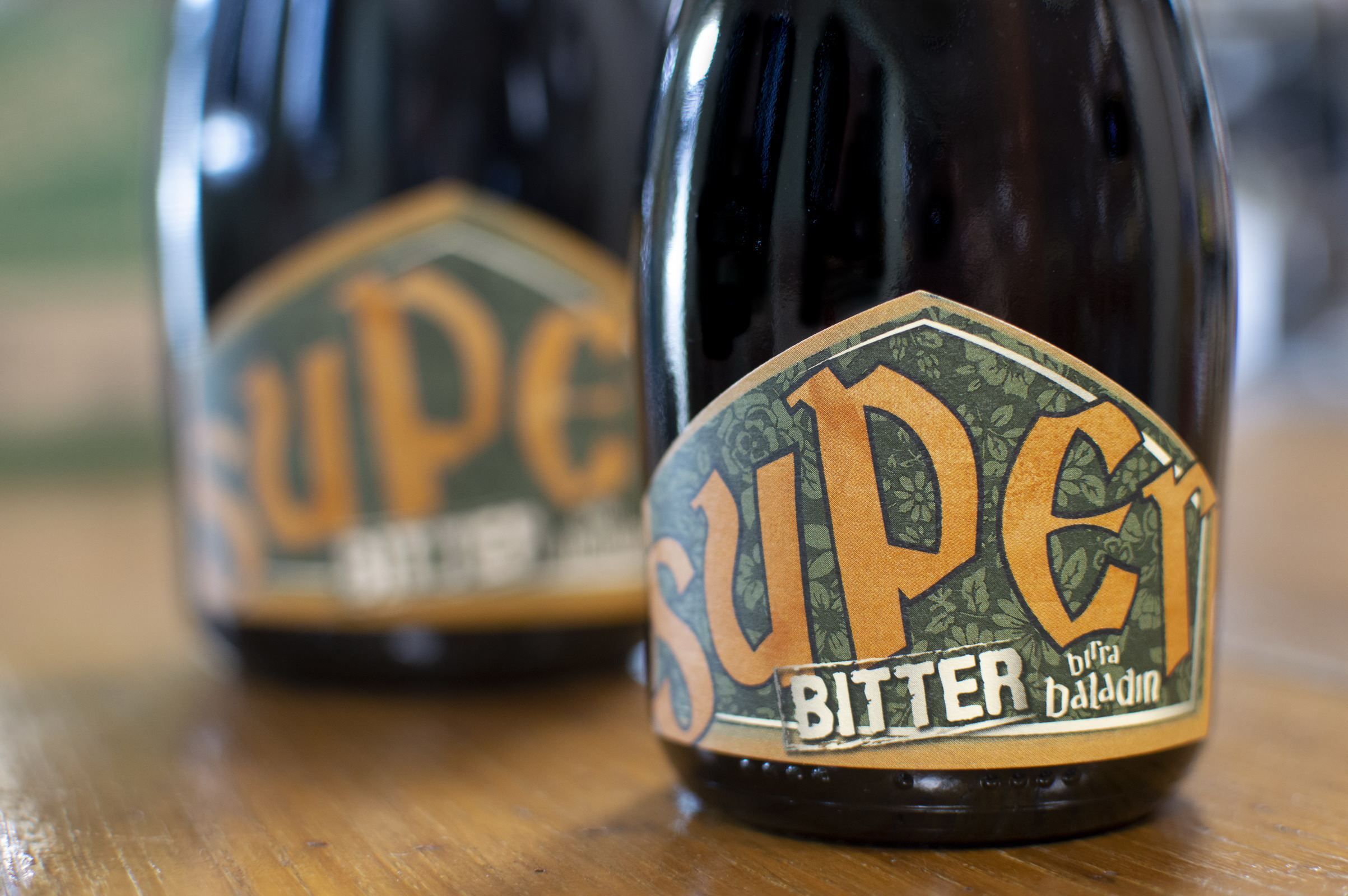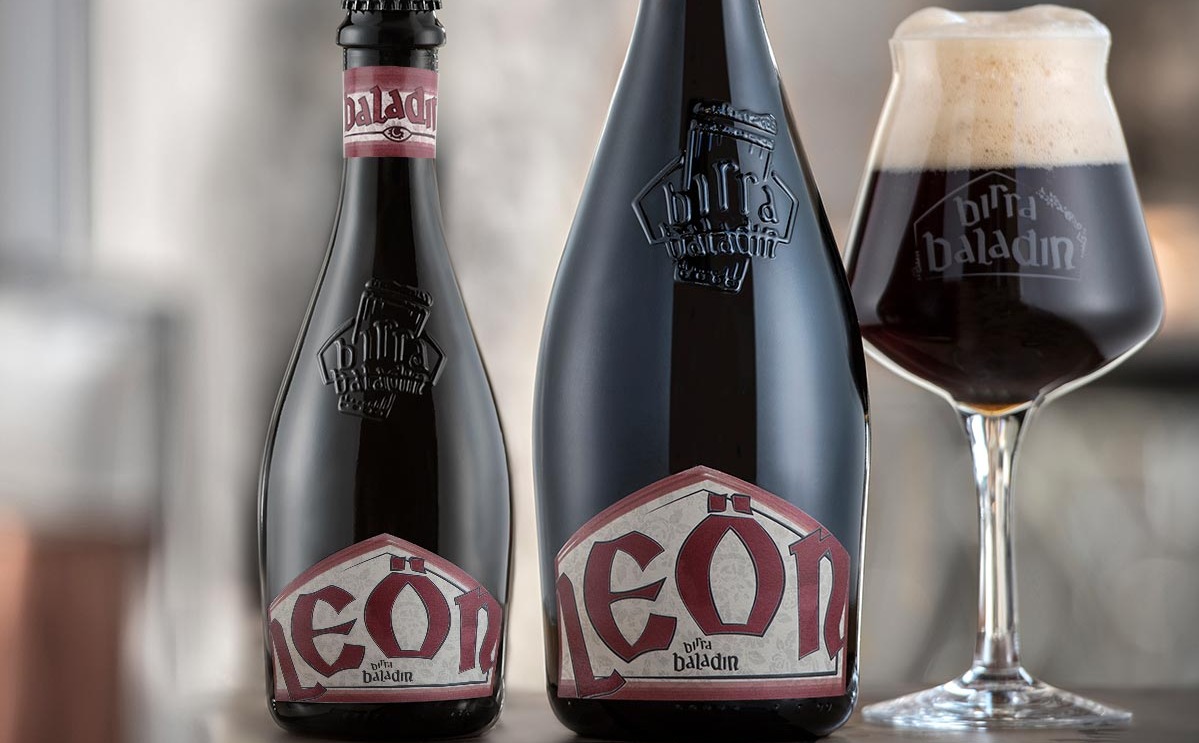Food pairings for Belgian Strong Ales

Ten beer experts suggest ten different ideal pairings, but they all agree on one thing: let’s celebrate the versatility of Belgian beer styles.
What is the secret of these powerful secret weapons in the wars fought among glasses and stoves?
Know the style to crack the pairing
Complexity is their signature feature: Belgian yeast strains work at high fermentation temperatures (above 20 °C) and develop aromatic compounds such as esters, phenols and aldehydes.
- Esters release fruity aromas, with a variety of notes that range from orange zest to peaches, apricots, ripe pears, medlars and bananas.
- Phenols, instead, create spicy fragrances ranging from cloves to nutmeg and cinnamon, as well as the most diverse types of pepper.
- Aldehydes bring with them notes of nuts and dried fruit: almonds, dates, dry figs and plums, as well as sultanas and raisins.
These aromatic families, however, can also hide treacherous dangers: uncontrolled esters, phenols and aldehydes can turn into defects and compromise quality.
Focusing on the positive, though, this variety of aromas and tastes means that Belgian beers have plenty of possible connections to similar feels in food. The scent and aftertaste of almond, for instance, is the key to pair a dish that includes almonds in any form or shape.
Any aroma of spices makes it possible to play on complementarity: a beer with notes of white pepper or coriander can be paired with a dish that does not contain them to create a nice synergy.
The lively carbonation and medium-high alcohol content - typical characteristics of Belgian-style beers - are perfect to counteract rich, fatty, succulent dishes.
Food pairings for Belgian Strong Ales
Belgian Dark Strong Ales - which are not particularly fashionable among beer geeks, but are perfect for food pairings thanks to their notes of nuts and dehydrated fruit, cocoa, pepper, a respectable alcohol content and high dryness - can be used to venture into many pairing adventures with complex and persistent dishes that can support powerful and mighty beers.
Pasta dishes with Bolognese or Neapolitan meat ragout are an ideal combination: the sweetness of the beer contrasts the saltiness of the sauce and brings out the starch in the pasta. The alcohol and fizziness balance out the succulence of the dish, while the spicy notes in the beer and the dish combine and enhance each other. The final dryness perfectly closes the sip and cleans the mouth.
If the pairing is made with classic lasagna, the aroma of caramelized sugar that is typical of these beers creates a perfect connection with the crunchy bits in the lasagna, especially the tasty corners that are in contact with the baking tray.
Similarly, a strong Belgian-inspired amber or dark ale goes well with a traditional stew, including carbonade flamande, where beer is also used in the recipe.
Oven-baked game, especially duck, pheasant and goose, accompanied by apricot or orange compote, is another choice that can be enjoyable to experiment with.
Moving outside Europe, mrouzia, a Moroccan lamb tajine with plums, almonds, cinnamon, ginger, saffron, turmeric and pepper brings out all the spicy notes of these beers, which are also successful with sweet and sour Chinese meat dishes.
From the cheese tray, we can safely choose blu del Moncenisio or Morbier: the beer will smoothen their harsher edges and add touches of pear, apricot or ripe medlar... No need to open a jar of compote!
Belgian Dark Strong Ales come to our rescue even with desserts: beers with stronger notes of toffee and marmalade are perfect with shortbread, oven-baked pears and apples, cinnamon, sultanas and orange glaze. Beers with more roasted flavors can also be paired with milk chocolate, almond sweets, nougat and pralines with a delicate ganache.





